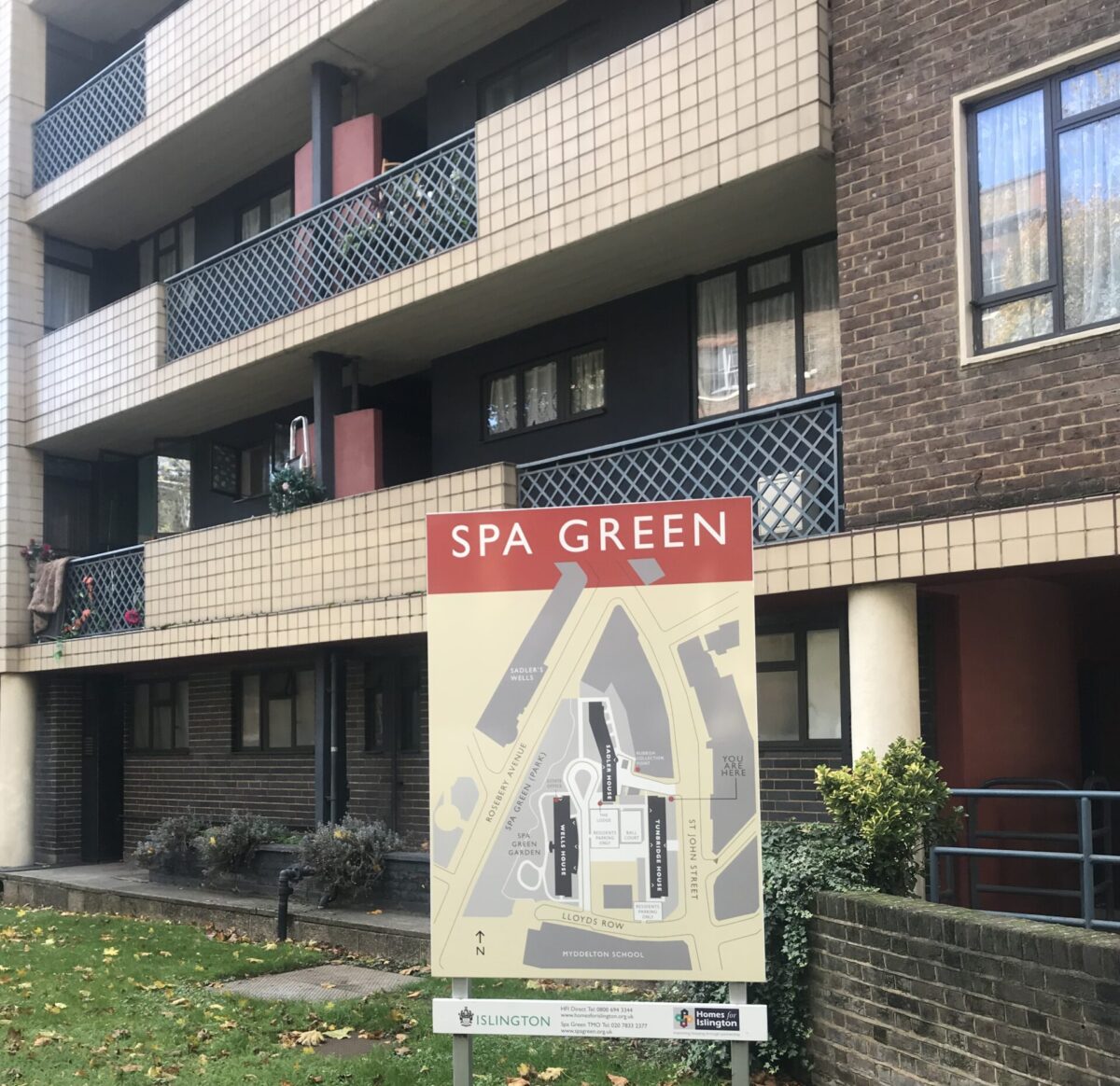Recent statements by both Keir Starmer and Lisa Nandy about the need for more housebuilding, especially more council housing, together with a commitment to offer new protections for those in rented accommodation is, on the face of it, encouraging news. However, we await with interest the detail on Labour’s housing plans, notably how a future Labour government intend to reform the planning regime, which Labour says is necessary to facilitate its future housing programme.
The next Labour government will inherit a housing crisis of mammoth proportions. The number of households living in inadequate and temporary accommodation is rising exponentially, whilst rough sleeping numbers continue to increase. Thirteen years of Conservative inaction and neglect on housing, particularly the gross under-provision of affordable and social housing has left Britain facing a housing crisis comparable to that of 1945. A future Labour government must be bold on housing in both quantitative and qualitative terms. A major housebuilding programme will not only provide the much-needed homes for families and individuals, it will also contribute significantly to Labour’s plans to grow the economy.
The parallels with 1945 are substantial. The post-war Attlee government was not only bequeathed a housing crisis, it inherited an economy in almost total meltdown. Indeed, in 1945 the economist John Maynard Keynes described Britain’s economic plight as a ‘financial Dunkirk.’ Despite this, the 1945-1951 Labour government built over 1.2 million new homes including more than one million council houses. Nonetheless, the housing record of the post-war Labour government is not without its critics, with some housing specialists and historians describing it as both an underachievement and a welfare state failure. In my essay published in Labour History Review (April 2022) Labour History Review Volume 87 (2022), Issue 1 – Society for the Study of Labour History (sslh.org.uk) I challenge this notion and argue that Labour’s post-war housing record, if assessed on the basis of both the quantity and the quality of the houses constructed, in addition to the political ideology that underpinned the housing programme, far from being one of underachievement and failure, was one of radical and progressive achievement.
The housing promise, contained in Labour’s manifesto for the 1945 general election, Let Us Face the Future, was bigger on rhetoric than it was on specifics. However, an analysis of the relevant documents of the period, reveals that Labour’s housing ethos was based on four broadly defined policy areas: quantitative performance; affordability; qualitative performance; and planning and control of land use. As we have seen, when Labour left office in October 1951, it had presided over the construction of more than 1.2 million new permanent dwellings. In addition, a further 490,000 units of accommodation of various types had also been provided, including more than 157,000 temporary prefabricated bungalows. Moreover, the Labour government, in an attempt to make council housing more affordable, introduced a generous housing subsidy that increased the money value of the Exchequer contribution from a ratio of 2:1 to 3:1 payable over 60 rather than 40 years, easing the financial burden on local councils. The subsidy was seen also as an incentive to local councils to boost quantitative output.
Although the post-war Labour government’s priority was focused mainly on housing in the public sector, it nonetheless introduced legislation to protect tenants in the private sector. Such measures included the introduction of rent control on new houses built for private let. Such houses had been exempted from rent control during the period 1919 to 1939. Tenants of furnished properties were afforded protection by the introduction of rent tribunals. In addition, rent tribunals could extend the security of a tenant’s lease on a rented property and review payments made by the tenant to the landlord in respect of accommodation, furniture, and other items. The rent tribunals were given powers to recover excess payments, by way of a reduction in rent. The Attlee government acted robustly to afford protection to tenants renting in the private sector.
The post-war Labour government set about ensuring that housing standards, particularly in terms of space, facilities and equipment were implemented in the new permanent dwellings built by councils across the country. Crucially, the provision of high qualitative housing standards provided a vehicle by which the health and wellbeing of tenants could be enhanced. Labour took its lead from the seminal report Design of Dwellings (more commonly known as the Dudley Report), that in 1944 recommended much improved housing standards in houses built post-war by local authorities. A standard three-bedroom house built in 1948 was typically one-third larger than its 1930s equivalent. Such houses contained two toilets, which was at the time considered a great luxury. High standards were guaranteed by way of the application of tight control over housing plans by the regional offices of the Ministry of Health and by attaching conditions to the approval of housing subsidy from the national Exchequer.
The Town and Country Planning Act 1947 was arguably one of the most radical pieces of legislation affecting housing. The passing of the 1947 Act fulfilled Labour’s manifesto commitment to implement a full programme of land planning and the pledge that housing should be dealt with in relation to good town planning, including pleasant surroundings, green spaces, and attractive layout. This more strategic approach to planning offered support to the concept of neighbourhood planning including improved housing and community standards. The statute was ideologically radical in that it vested the control of land use in public hands. The 1947 Act became the foundation of modern town and country planning in Britain, and together with the New Towns Act 1946 created a system of land use control and a machinery for positive town construction. The creation of new towns facilitated by the 1946 Act not only provided a further vehicle for the building of public sector housing for rent, it enabled the creation of more heterogeneous communities. In this respect planning, as a means to enhance and shape society was crucial to the success of Labour’s housing programme.
The ideology of the welfare state, epitomised in its defining features of the malleability of society, economic intervention by the state, universal provision and the health and wellbeing of citizens, were inherently present across all four major areas of Labour’s housing policy aims: quantity, quality, affordability and planning and the control of land use. Ideologically, the post-war Labour government could and perhaps should have gone further by, for example, bringing the private rented sector under public control. Labour seriously considered such a course in 1948, but most probably rejected the proposal not on ideological grounds but on grounds of financial economy. However, Labour did legislate to make council housing ‘universally’ available for general needs by way of the Housing Act 1949. The 1949 Act was ground-breaking in that it removed the stipulation that council housing should be designated as working-class housing, a provision that had featured, in various forms, in every previous housing statute enabling the provision of housing by public authorities.
Labour’s housing promise at the next election must invoke the spirit of 1945 by committing to a housing programme of significant proportions in terms of quantity and quality, underpinned by a progressive planning regime and a housing ideology dedicated to helping those in the greatest housing need.
Dr John Temple is a retired housing professional, specialising in community investment initiatives and tenant involvement. He served as a Labour councillor between 1981 and 2004 and was Deputy Leader of South Tyneside Council from 1997 to 2004. He received his PhD from the University of Sunderland for his assessment of Labour’s housing record, 1945 to 1951.


